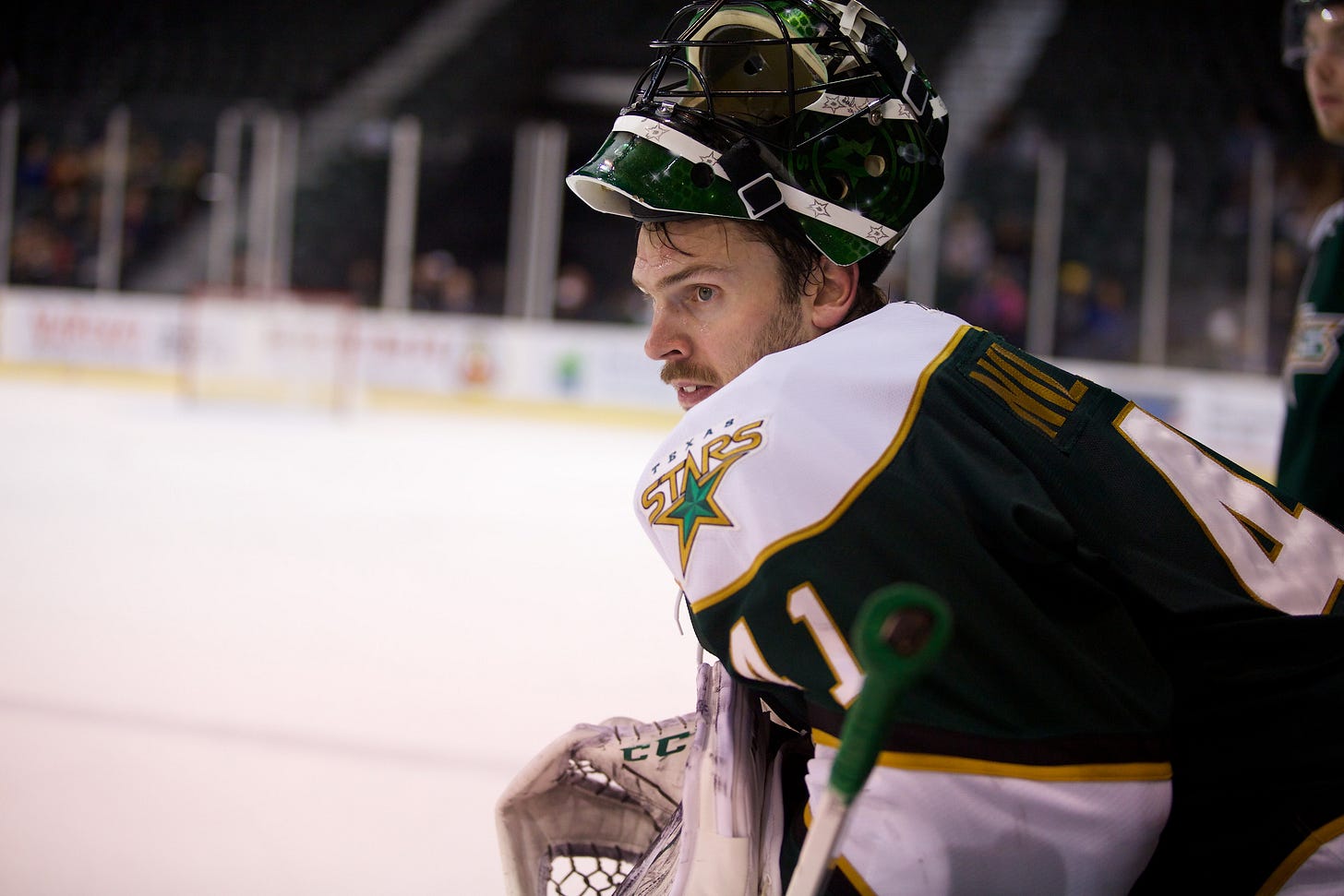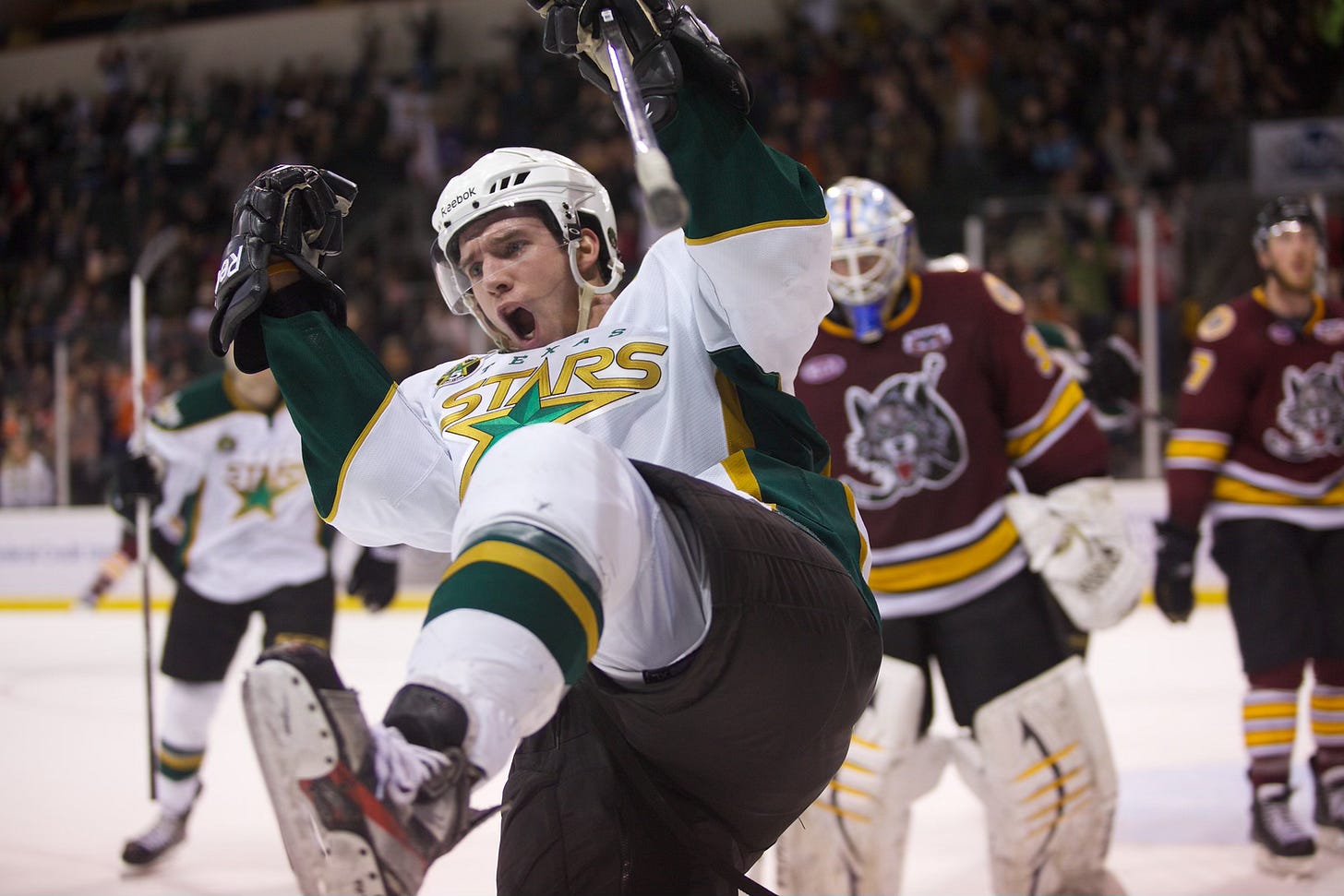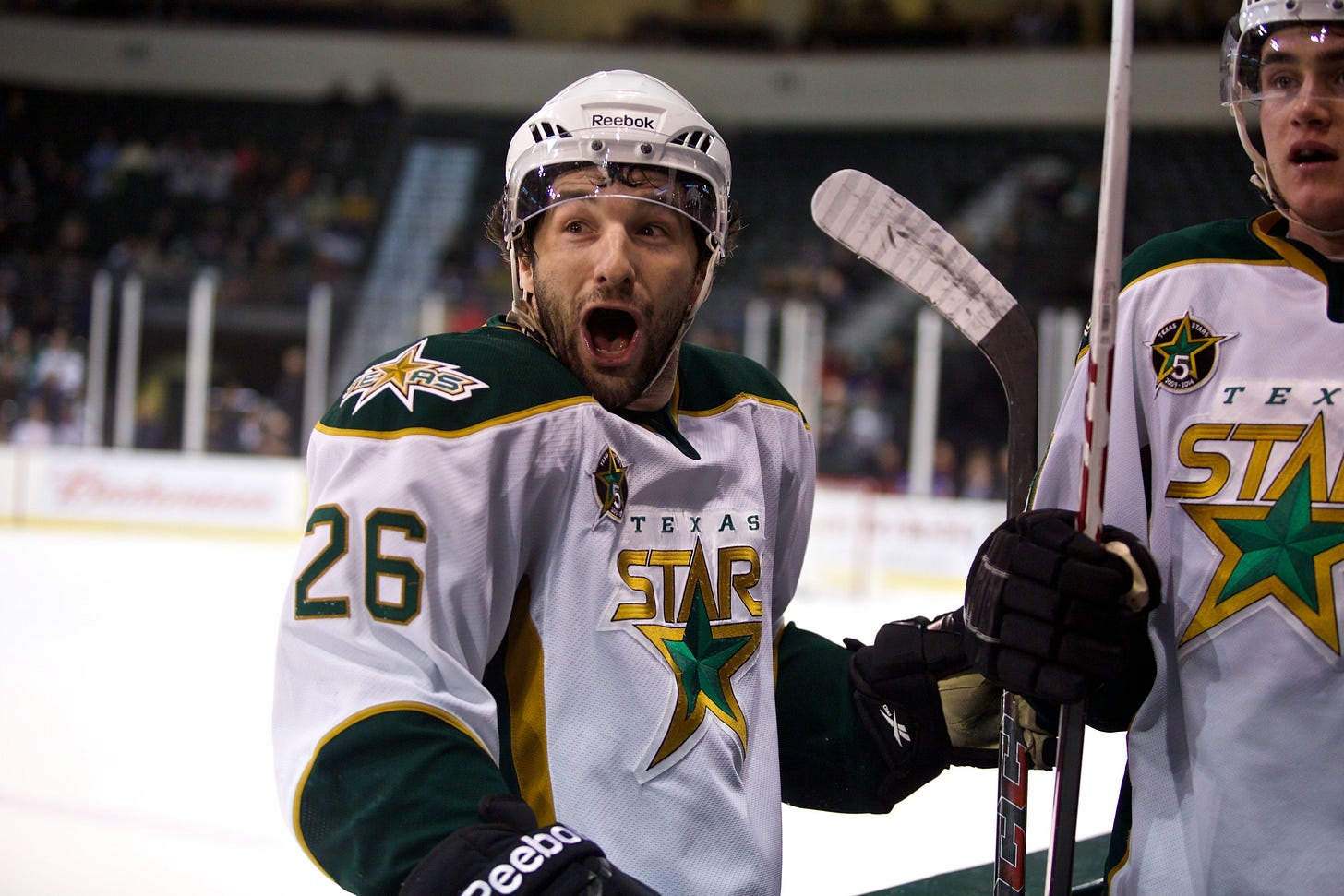What hockey photographers, including the most important one, have taught me
The 2025 U.S. Hockey Hall of Fame Class was announced today.
USA Hockey announced the 2025 U.S. Hockey Hall of Fame Class on Wednesday, a group including Bruce Bennett, Scott Gomez, Tara Mounsey, Zach Parise, and Joe Pavelski.
For me, personally, it’s an interesting class.
I was a diehard 11-year-old New Jersey Devils fan in 2000 when Gomez won the Calder Trophy as the NHL’s top rookie and the Stanley Cup in the same season. I covered Pavelski closely in my time in Dallas, and as a hockey nerd, watching his day-to-day routine was always fascinating for me.
I also got to know Parise a little bit because of crossover between the Central Division with the Minnesota Wild, he was always very kind with his time to outside reporters. And while I admittedly didn’t know enough of Tara Mounsey’s story, her induction into the Hall of Fame took me down a path this afternoon learning a bit more about that 1998 Olympic Team, which I found fascinating.
But the name that intrigued me the most about entering the U.S. Hockey Hall of Fame, and the one that I was most looking forward to talking today in the media zoom was Bennett.
Bennett is an institution in hockey history and hockey journalism. If you’ve seen a famous hockey photo, there’s a good chance it was probably taken by him.
Bennett has shore more than 5,300 NHL games, six Winter Olympics, and worked 45 Stanley Cup Finals. If Michael "Doc" Emrick was the voice of hockey in the United States, Bennett was his equal behind a camera.
I’ve met Bennett in passing before at Stanley Cup Final games, and while they were always brief interactions, I always enjoyed picking his brain for a couple moments.
Hockey photographers teach us more about the game than we realize. They are able to, somehow, freeze a game that is more chaotic and unnatural than any other. The fleeting moments of emotion and distress, the calm moments amongst the storm on ice, would never be unearthed without the work of hockey photographers.
This can be said about all sports, of course, but as someone who worked for both two and one-person sports departments at small-town newspapers, I can tell you most people with a five-minute DSLR lesson could get a usable shot from a baseball or basketball game.
Hockey is hard to shoot, probably the hardest, because there are no natural finishes. No required actions and if the clock is running, everything is in motion.
Those who shoot hockey, and shoot it well, don’t get enough credit.
Which is why, and because this is my site, I’m going to make it a bit about me, and what I’ve learned from the most important hockey photographer in my life — my wife, Christina.
When I lived in Central Texas and covered the Texas Stars, Christina was the team photographer for the AHL franchise. She shot each game for what I believe was $50 per game, a typical AHL franchise budget, and she would typically shoot between the benches at the then-named Cedar Park Center.
I have written publicly before about how Christina has empowered my career, we’ve taken some risks, first as a couple then as a family, that have benefited my job. But I don’t think I’ve taken enough time to point out how much she’s taught me about sport, a sport she had never really thought about until she met me in college.
Christina through her photography and her general approach to life, taught me to look differently. To think about things on a wider scale, expanded my horizons and to question a bit of “why?” on the subtle and unique within a sport, where everything, to me, felt normal.
There have been countless stories that I’ve tackled and found most fascinating because of the way she looks at life, because how she looks at a picture or situation and is curios to know more of the story.
There are conversations I’ve had with players about pre-game routines and day-of-game activities that I never would have thought about before she asked me to dig into them. Often she would already have photos to prompt that question ready as an example.
Christina found the human beings amongst the chaos. This photo, for example, of former Texas Stars goalie Cristopher Nihlstorp watching from the bench, having been pulled for an extra attacker, tells a human and game story in one.
Hockey is a game filled with these human moments, that were only captured because of someone with a camera.
Christina is also a damn good photographer, who can capture that chaos, things erupting and colliding all at once, like this shot where a young Stephen Johns, Curtis McKenzie, and Esa Lindell scrapped against the Lake Erie Monsters.
Christina is a very pragmatic person, someone who would probably try to correct me and say she “was” as opposed to “is” a damn good hockey photographer, which is why I didn’t let her read this before I hit publish.
(She’s probably also going to tell me after reading this that there are better photos I should have picked. And to that, Christina, I’m sorry, I didn’t want to ruin your surprise of reading this.)
UPDATE: After reading this Christina has requested photos that better respect her work. Here they are.
Even if she doesn’t shoot the sport regularly, a side effect of us having kids and her making more money than me in a non-journalism job, her work still inspires me and I see the lessons and discipline from her dodging pucks between the bench to get the shot every single day.
So that’s why in a weird round about way, I’m so happy that Bennett went into the U.S. Hockey Hall of Fame.
It’s recognition for someone deserving of such an honor, highlights an art form, and for me it was a good moment to stop and remember some of the lessons the most important hockey photographer in my life has taught me.







🥹 thank you love you’re too sweet - and completely correct those are NOT the photos to associate with my photography! I would also like the mention that I do also have a bachelors degree in photojournalism.
I still try to find any reason to use a Christina Shapiro shot on 100 Degree Hockey. The Hedden photo is one of my favorites in franchise history.